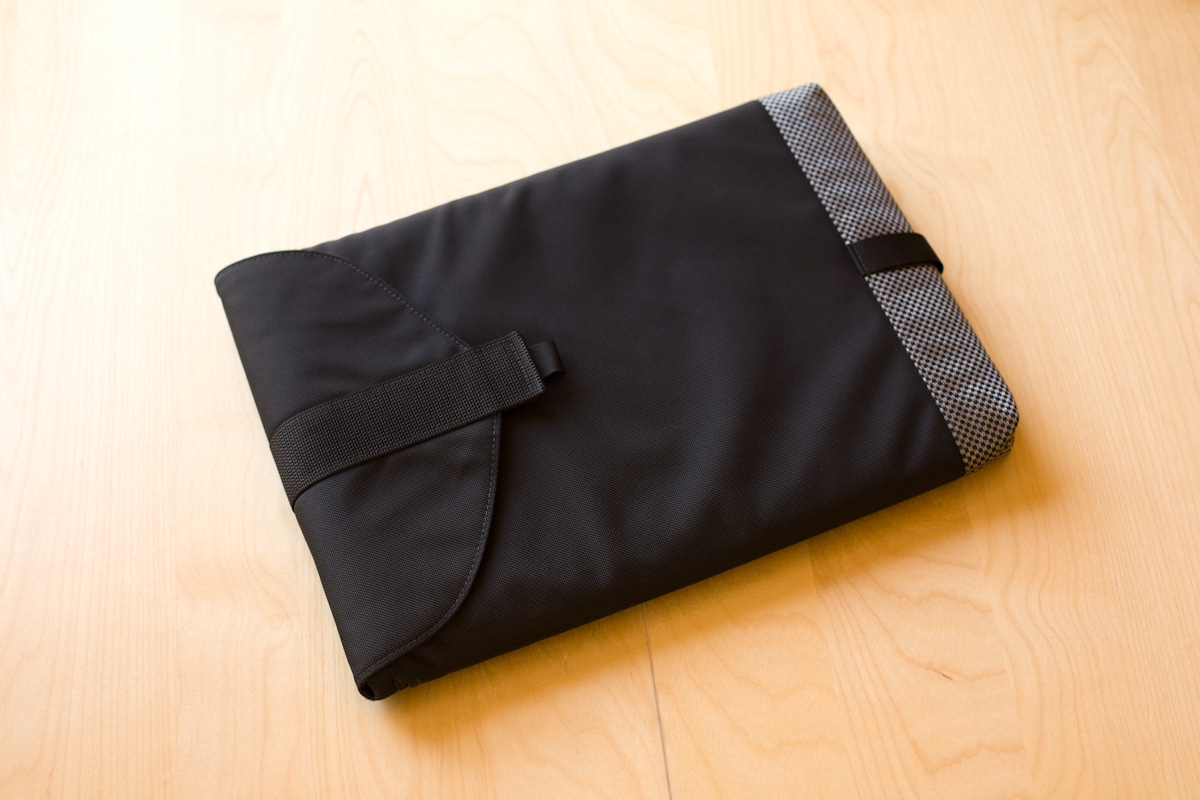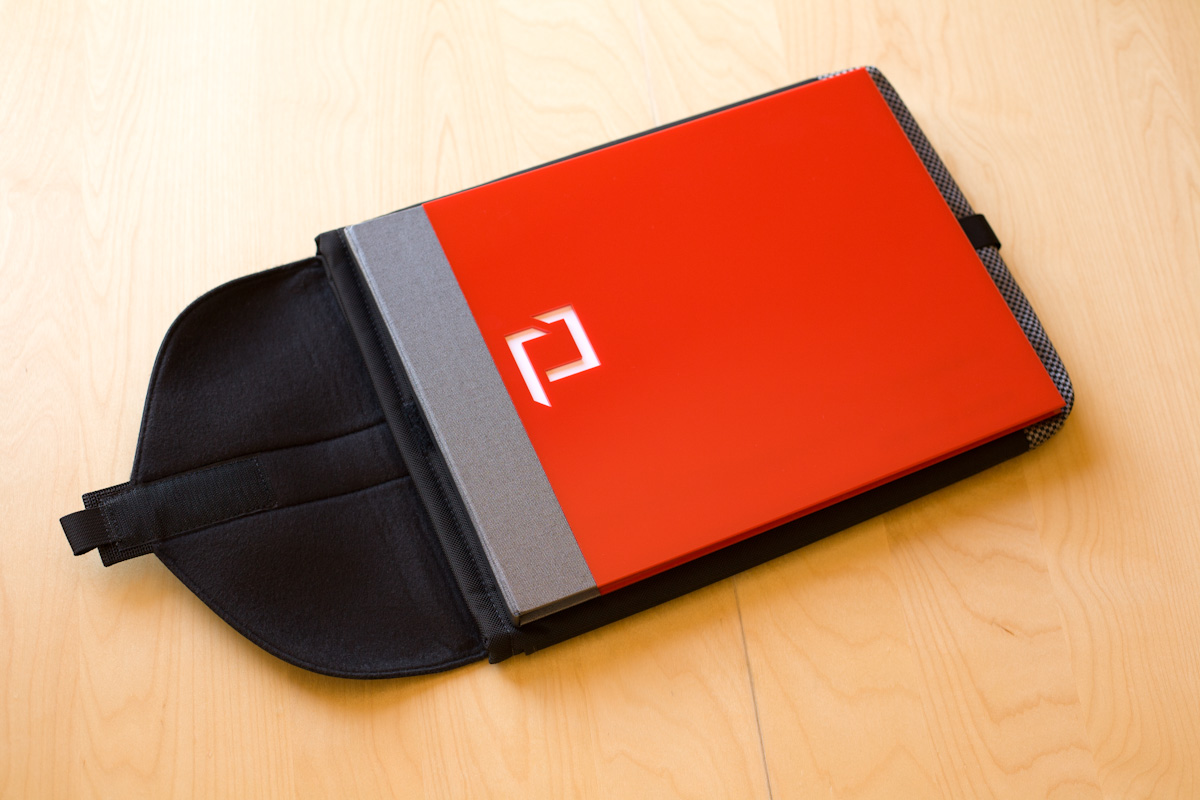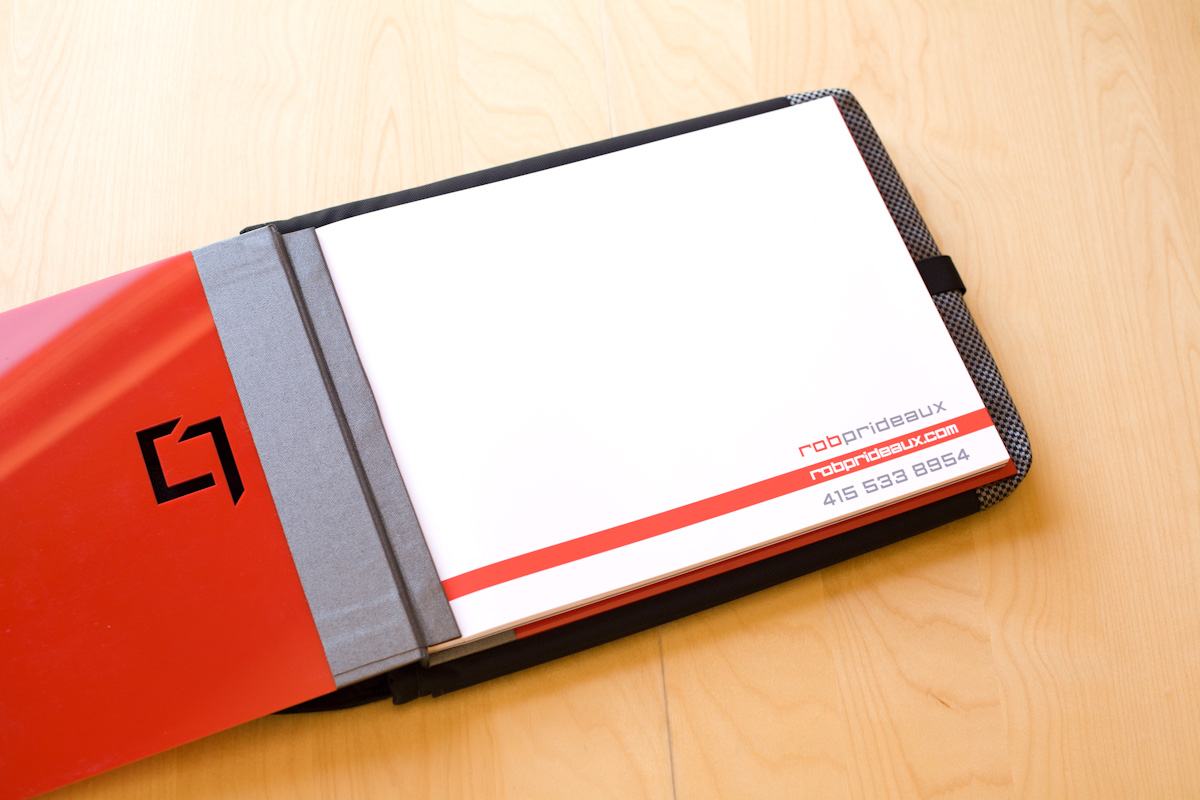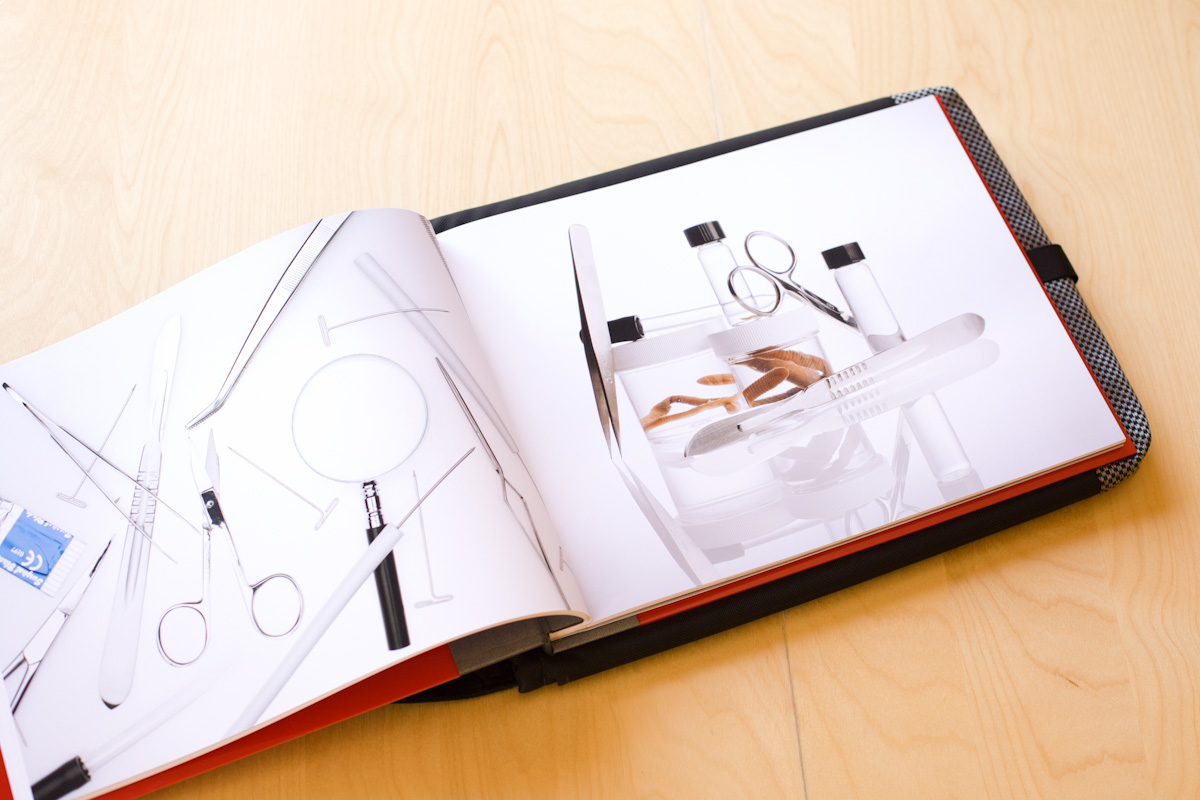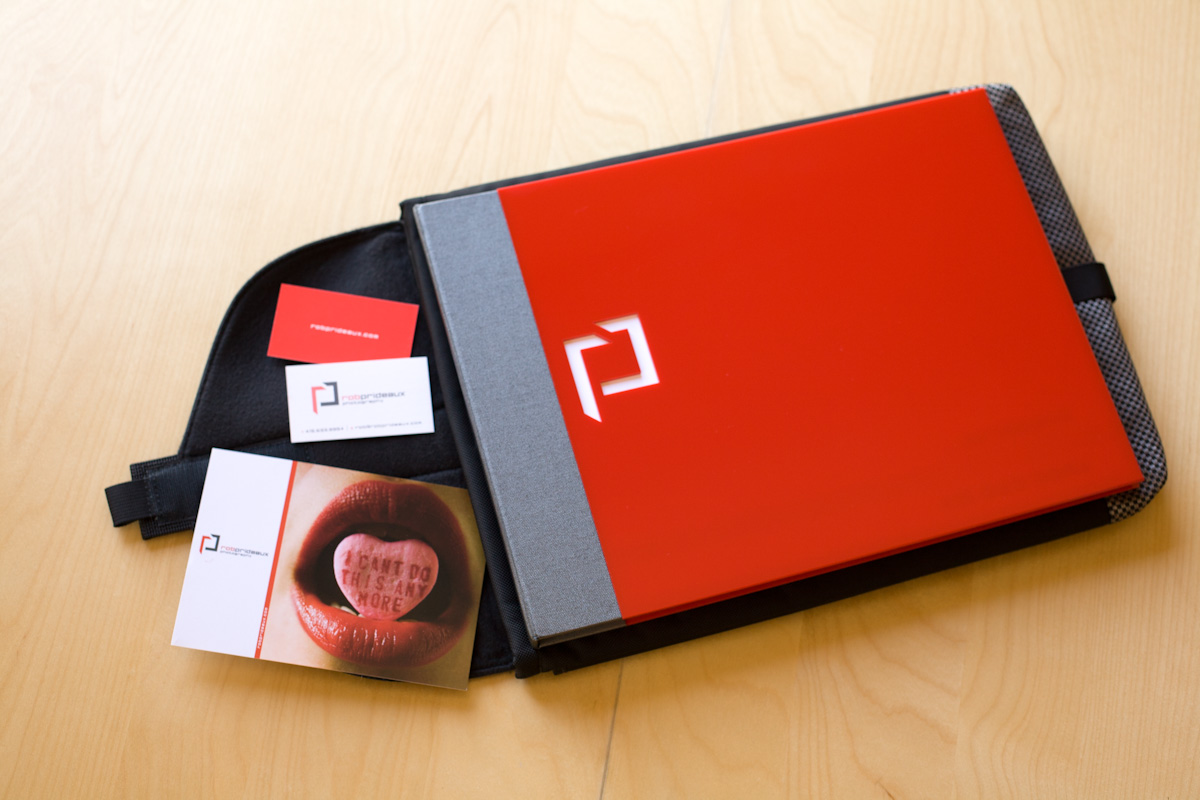
In June, I attended NYC Fotoworks.
At the moment, portfolio reviews seem to offer the second best way to get in front of buyers that might hire you. I signed up for NYC Fotoworks mostly for this reason, although I was at the tail end of revamping my book, so actual portfolio reviews were a secondary goal.
Each day of the review is structured into 15 minute blocks, with about 20 reviewers. They're all at tables in a big room, and at the 15 minute mark, a sound plays, and the current reviewee says his goodbyes, and makes way for the next. There's a flurry of activity for a bit, then everything settles back down.
There's a lot of energy - photographers are excited to show off their work, and reviewers are eager to meet new people and look at books. Outside of the review room, photographers trade war stories, or handle business.

My approach, finalized in the 90 seconds before my first meeting, and refined throughout the three day event, was to greet the reviewer, and announce, "I'm Rob Prideaux, I work out of San Francisco, I do heroic objects and cautionary tales. I'm looking to meet people in the industry, show them what I do, get feedback, and find out how I can help.", which is pretty dense, especially delivered bluntly, as I do, but "heroic objects and cautionary tales" interested people, and was a good reason to open the book.
After that, I didn't offer much, just let them look, and offered corollary information if the reviewer seemed to want it. The reviewers are all steeped in professional imagery, and they mostly breeze through the book. A few, however, would meander through the book throughout the entire appointment.

Either way, I tried to steer the conversation. I was showing two books - a new black leather book with about 40 images, and the old red plexiglass book with almost 80 images, and I asked reps to comment on which book they preferred. With photo editors, I asked about how they work with artists based outside of NYC, and how much conceptual stuff they want to do. I asked agency buyers...not much, just tried to get to know them.
About the books, it was impossible to get a consensus. Some people loved the black leather book and thought the red plexiglass book was too much. Others were bored by the black book and loved the red one. Some thought 80 images was too much, others thought 40 wasn't enough. Still, the process worked for me, because I decided to do what I want to do, instead of worrying about what people might want.
Everybody really liked my more conceptual stuff.
People consistently returned to this page, and the basic thread was this: we all have 5000 product photographers within 50 yards of our office, but we're always looking for people who can tell a story, and illustrate an idea. They all want to see the straight-ahead product stuff, so they can get a sense of my technical abilities, but decisions are going to come down to conceptual ability.
Reviewers liked the 'worlds tiniest portfolio' I made.
The whole thing was a real shot in the arm. Self-promotion can be sort of one-sided, and this was instantly two-way. I heard a lot of enthusiasm for my work, and got a lot of laughs, pluse I got to meet a lot of interesting, smart people. I'm planning on attending the next summer review.











